Blog


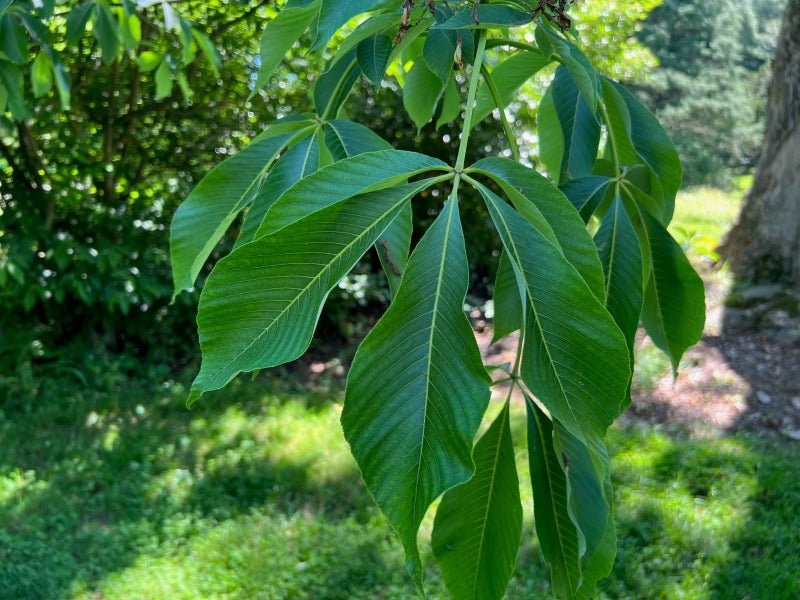
Aesculus flava (yellow buckeye) is a large deciduous tree, native to the eastern United States, and outstanding for its large panicles of yellow flowers in spring and its bright orange fall leaf color. Aesculus spp. differ from most U.S. native trees and shrubs by having palmately compound leaves (i.e. several leaflets joined together at the tip of the leaf stem), like fingers attached to the palm of a hand (see photo). In the case of A. flava there are five, sometimes seven, leaflets.
Aesculus is an old Latin name for a type of oak tree with an edible acorn. Linnaeus, the father of taxonomy himself, first applied that genus name to Aesculus hippocastanum (common horse chestnut from Southeast Europe). The etymology is misleading because Aesculus spp. are in the soapberry family, not in the oak family, and they do not provide edible nuts.
The epithet flava means yellow and refers to the beautiful panicles of yellow flowers. The creators of botanical names are very specific in choosing names that clearly describe the colors they are seeing; for example, gold-colored is aureus, lemon-yellow is citrinus, saffron-yellow is croceus, pure-yellow is flavus, sulphur-yellow is sulphureus, straw-colored is stramineus, and egg-yolk-colored is vitellinus.
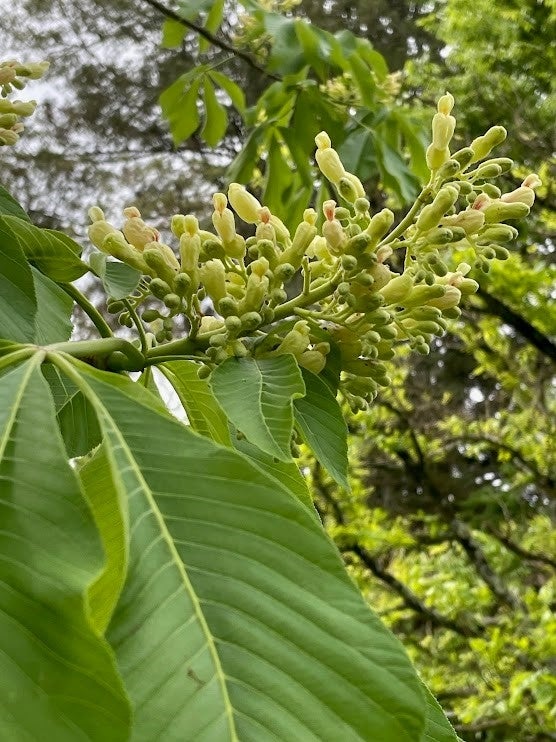
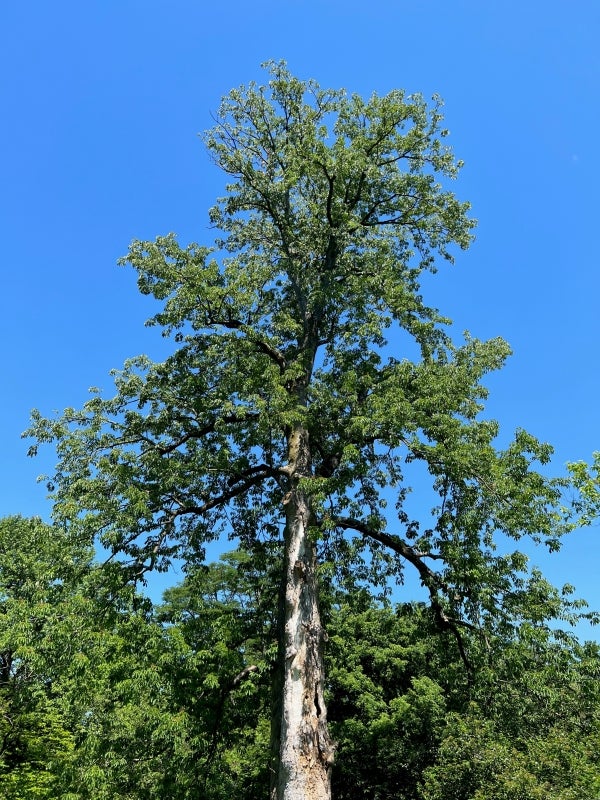
One common name for A. flava is yellow buckeye. The smooth capsular fruits open to reveal one to three shiny brown seeds, each with a pale scar where they were attached to the capsule; these seeds reminded people of a buckʻs eye. Even though the fruits are poisonous to humans and most animals, they were traditionally carried in pockets as good luck charms. While not providing food, yellow buckeye is still of value to wildlife: the flowers support bee and hummingbird pollinators, and the up-to-seventy-foot-high branches provide shelter and nesting sites.
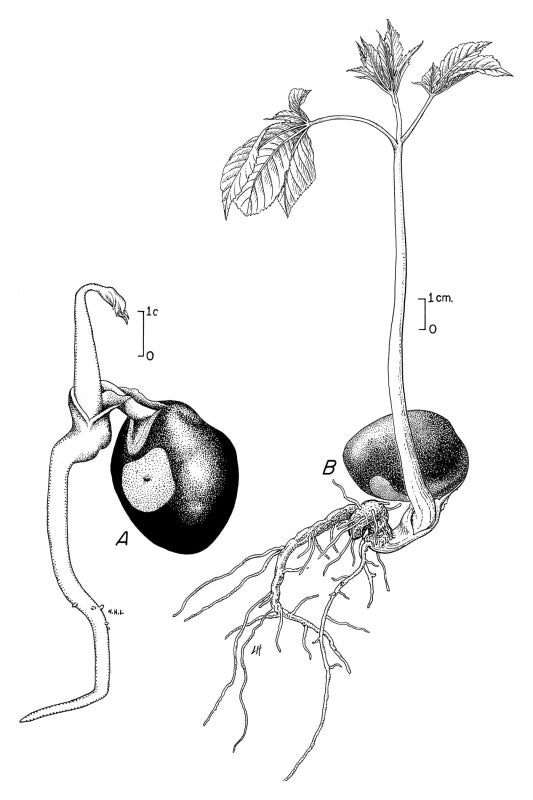
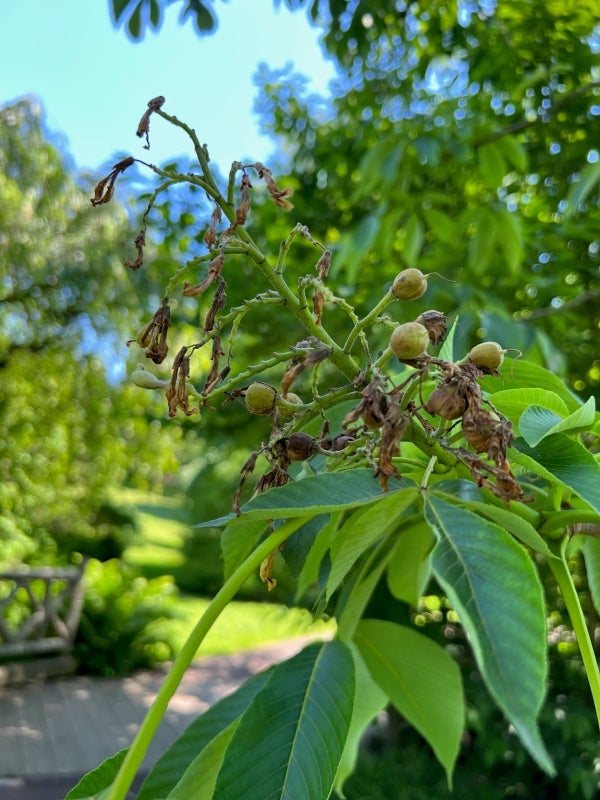
The Morris Arboretum and Gardens has four A. flava. The two accessioned in 1932, one growing in English Park and one growing near the origin of the East Brook from the Wissahickon Creek, are specimens dating back to the existing Morris Estate; the two accessioned in 2000 and growing in the Greenhouse were started from seeds collected on the 2000 Southeast U.S. Plant Expedition.
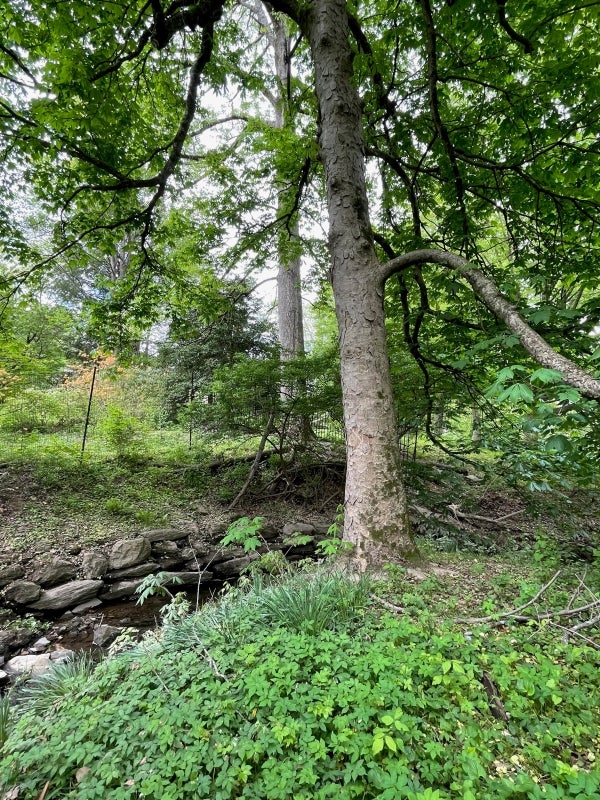
Morris has nine different taxa of Aesculus from around the world, including species from the continents of Asia, Europe, and North America. Look for the palmately compound leaves, a feature that is common to them all. Find the names and locations at Collection Connection.
Katherine has her Certificate in Botany from the New York Botanical Garden and is a botanical tour guide and freelance writer. You can contact her with comments here.